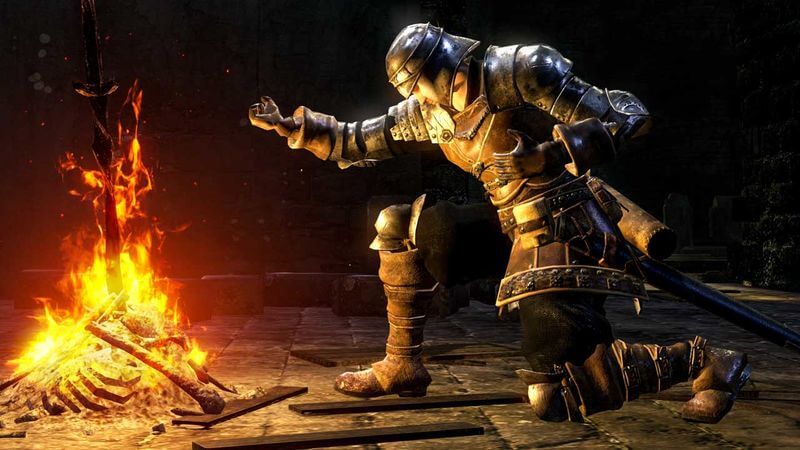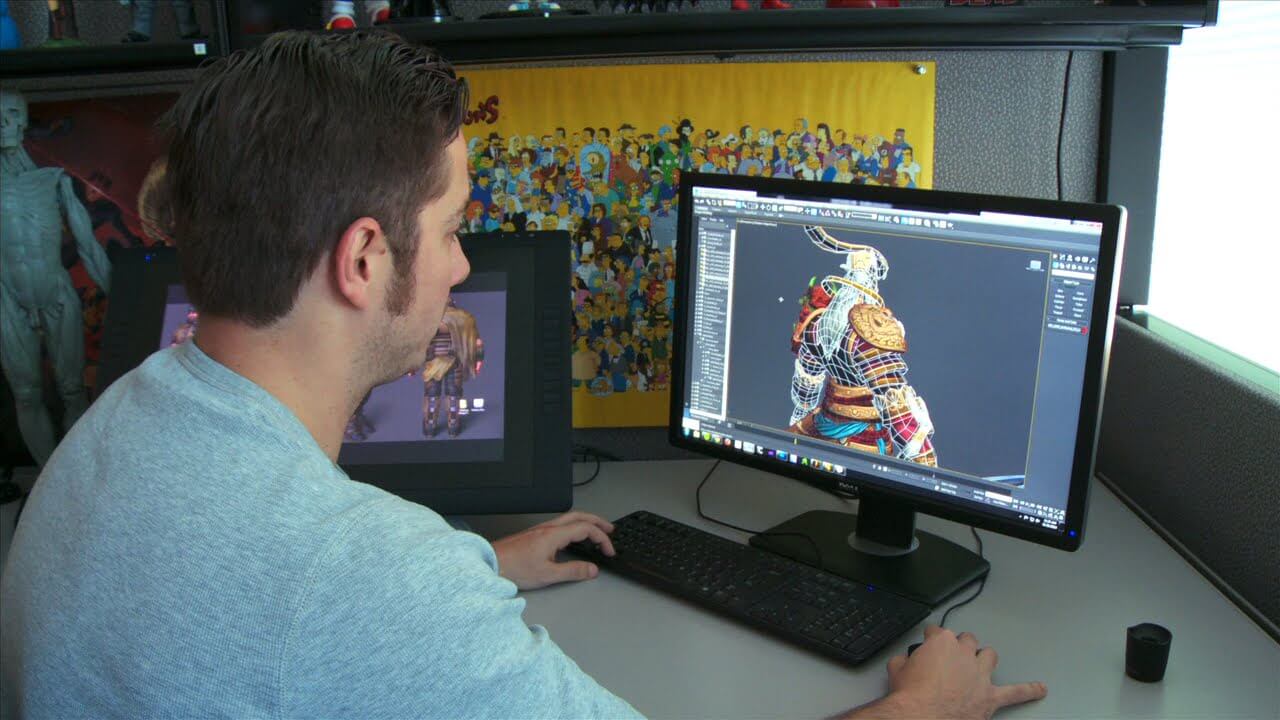The best games draw you in by offering experiences that make you forget you’re playing a piece of interactive entertainment. Instead, they persuade you that you’re inhabiting an alternate reality which is just as convincing as the real world.
The only way to achieve this is with good design, which in the case of triple-A titles can relate to everything from the way levels are laid out to the configuration of the HUD and the usability of the menus.
To assess just how important design is to gaming, let’s take a look at these different factors at play and how they manifest themselves.

Interface Elements
This is the most overlooked aspect of game design, yet the one which has arguably the biggest impact on how enjoyable it is to play a given game.
Perhaps the best example of how a great game can be compromised by a poor interface is Gran Turismo 5. The menus are cluttered, difficult to navigate and often obfuscate what they are attempting to convey. Having a learning curve for the gameplay itself is acceptable; having one for the interface is not.
At the other end of the scale are modern slots games like Reactoonz. With impressive online casino design becoming increasingly important to attract millennial gamers, it is easy for newcomers to jump right in and quickly get a grip on how to engage with the game.
This demonstrates that development budget and graphical clout are irrelevant when it comes to the effective design of gaming interfaces.
Level Layout
The term ‘level’ has somewhat lost its original meaning over the years, as gaming technology has progressed and the ability to render seamless, immersive worlds for players to explore has come of age. However, in terms of the architecture of a game, it is still a relevant talking point.
Today the main battle in terms of level layout is between linearity and openness, typified in the differences between the original Dark Souls and a game which it inspired, Nioh.
Dark Souls set the bar in terms of non-linear level design, allowing players to effectively choose their own route to take almost from the very beginning. This did mean that plenty of people got put off because they selected a path that was too difficult to tackle with underpowered starting stats and equipment. But the pay off in terms of making an artificial world unfold as organically and uniquely as possible made it worthwhile.

Nioh may borrow a lot from Dark Souls in terms of difficulty, combat and boss encounters, but its level design and layouts were far more traditional and thus much less engaging. Firstly the levels themselves are distinct stages, rather than forming a cohesive whole. Next, there is relatively little variety in terms of setting, while Dark Souls managed to cram in woodland glades, fiery hellscapes, medieval castles, and dank swaps without breaking stride.
In essence, having to endure load screens and level select menus seems incredibly archaic when so many games have shown that clever design can render these redundant. Solid sales aside, Nioh falls short in this respect.
Character Design
This is the most subjective aspect of design in the gaming sphere, but the look and feel of characters from an aesthetic perspective can have a lot of impact on how well a game plays, as well as on how memorable it is.
In the 1980s and 90s, the limitations of hardware meant that simplicity was key to good character design. Mario’s mustache and nose helped negate the need for an animated mouth, for example.
As graphical fidelity improved, there was much more leeway in the design space for game characters, which in turn allowed more room for mistakes to be made.
Take the protagonists of God of War and Darksiders, for example. The shirtless psychopath Kratos who helms the former title manages to be instantly recognizable in amongst the onscreen insanity, as his design is straightforward yet striking. The armor-clad apocalyptic horseman of the latter game is the opposite of this; burdened with needlessly detailed garments and oversized weapons that get in the way. Lessons were learned for Darksiders 2, no doubt as a result of these criticisms.
In essence, video games are an exercise in design, combining a multitude of technical and artistic disciplines to create a complex interactive machine; a machine that begs to be tinkered with.

